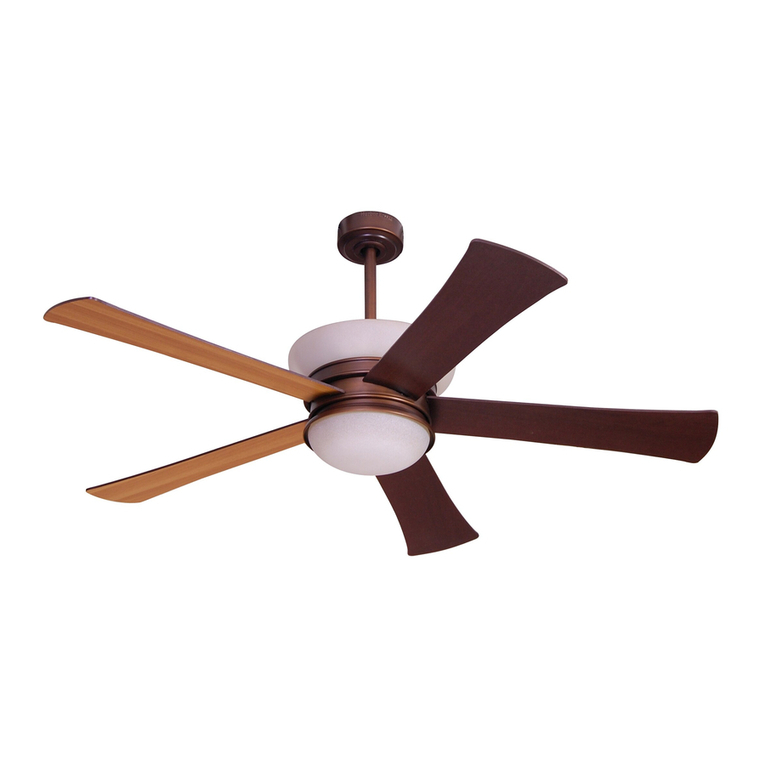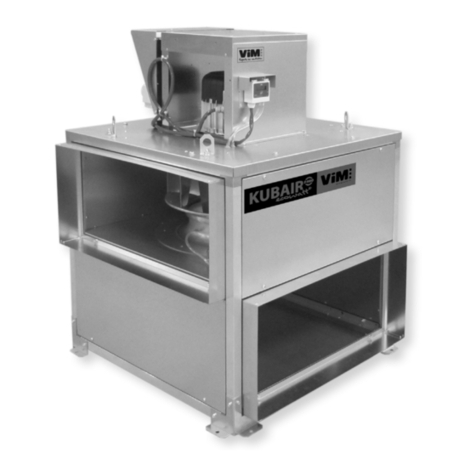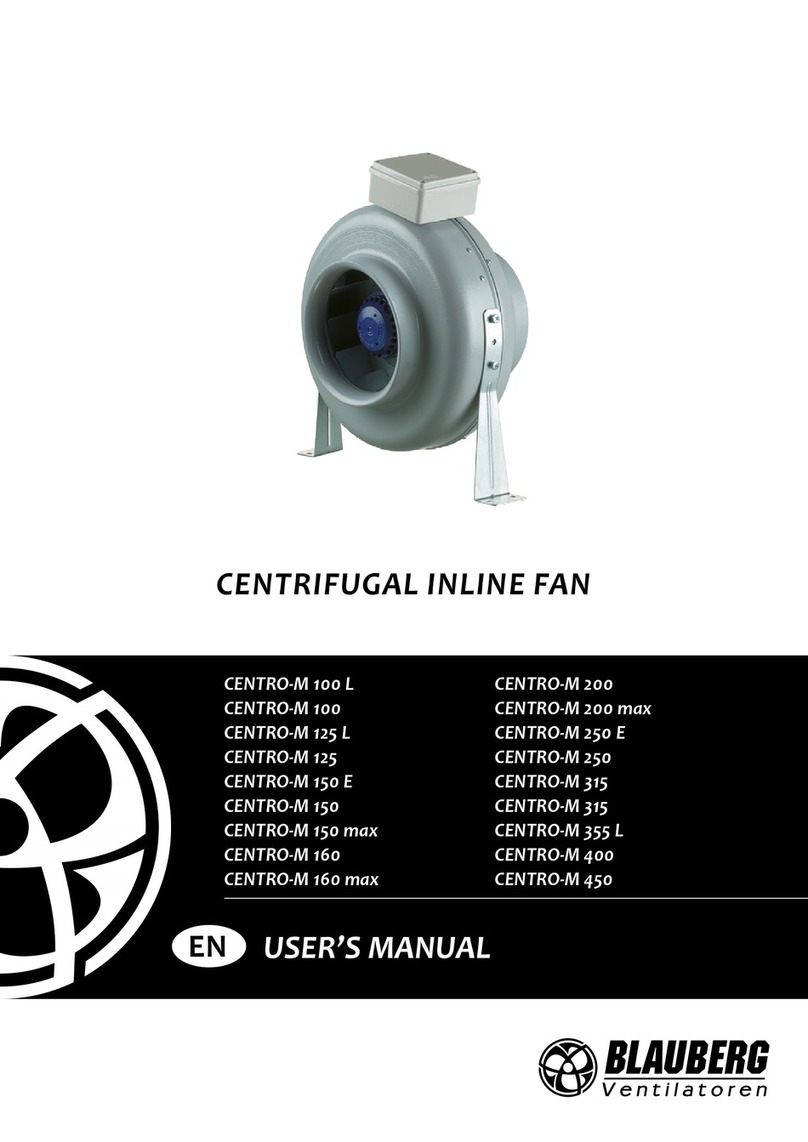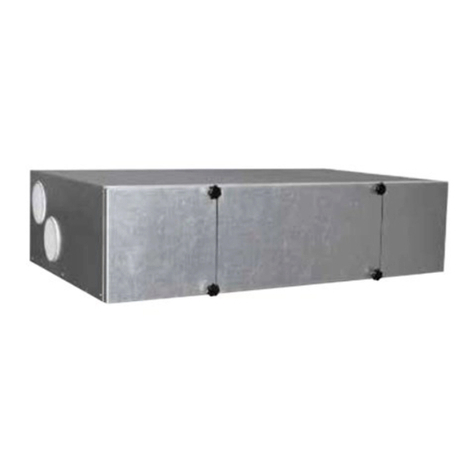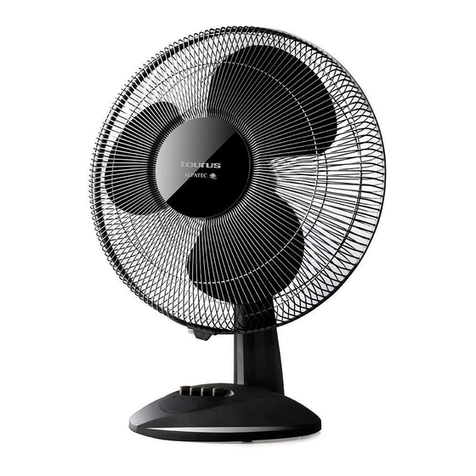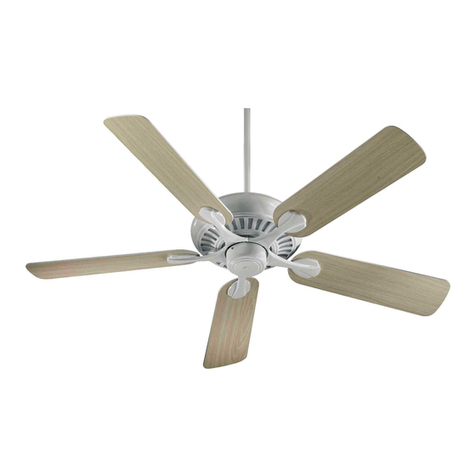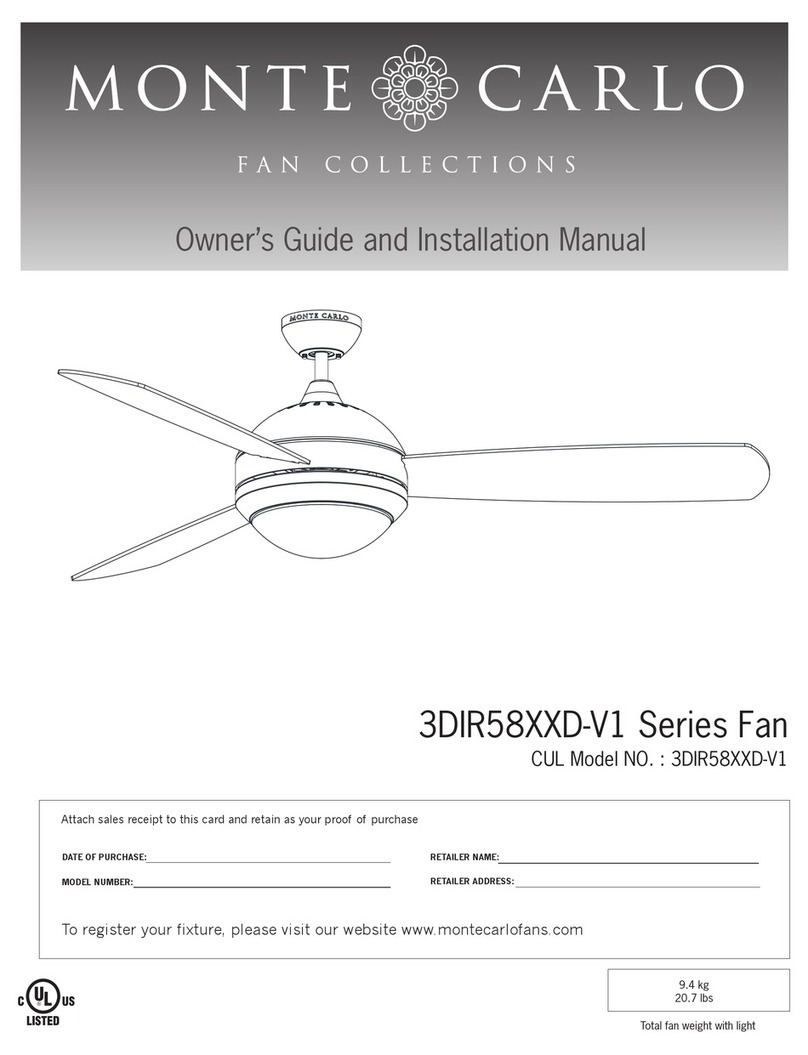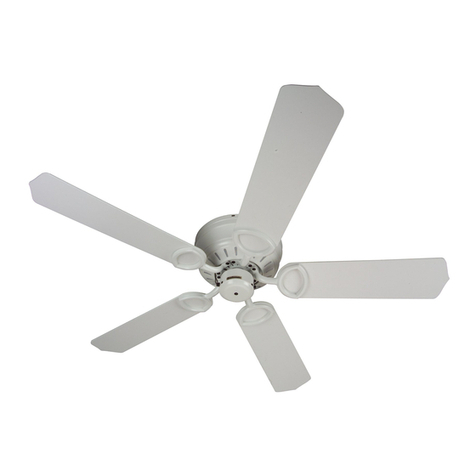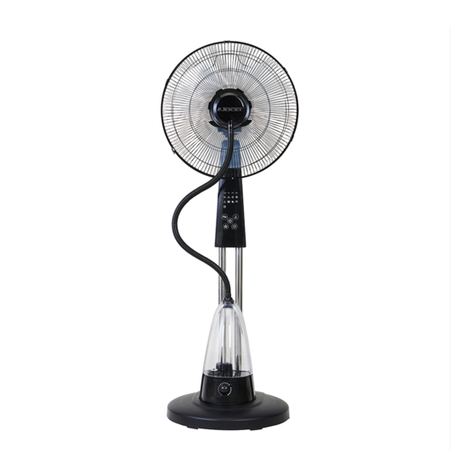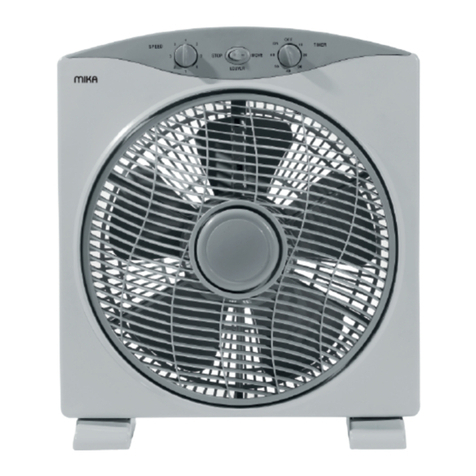
Introduction 1
Y-500009-00 Rev. J (6/06) KnightStar 330 User’s Manual
1-3
This product is intended for use only as
prescribed by a physician.
The KnightStar 330 and all other bi-level
pressure devices should only be used with
interfaces and breathing circuits
recommended by the device’s manufacturer
or by your physician.
An interface should not be used unless the
device is turned on and operating properly.
When the device is turned on and functioning
properly, fresh air from the device flushes the
exhaled air out through the interface vent
hole(s). However, when the device is not
operating, a substantial proportion of
exhaled air, including carbon dioxide (CO2)
may be rebreathed. Prolonged rebreathing of
carbon dioxide can increase CO2 levels and, in
some circumstances, may even result in
death. DO NOT BLOCK THE INTERFACE VENT
HOLE(S).
At low pressure settings, the flow through the
vent hole may be inadequate to clear all
exhaled air from the tubing. Some
rebreathing may occur.
For your health and comfort, clean the
KnightStar 330, interface, and breathing
circuit regularly before use. Refer to
Section 3.5, on page 3-11, or follow the
cleaning instructions that came with your
interface and breathing circuit.
Set up the KnightStar 330 system as shown in
this manual for safe and effective operation.

